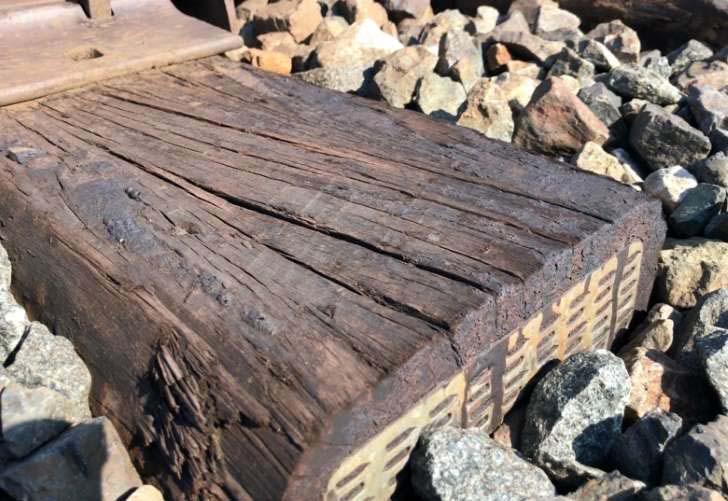
Brooks Alberta - The City of Brooks is working on bringing a gasification plant to the community, which could involve incinerating a huge
supply of stockpiled rail ties to create energy for the southern Alberta city.
While similar plans over the years have seen strong opposition in other cities over air quality concerns, including Kamloops, B.C., Williams Lake, B.C.,
Hamilton and Regina, Brooks Mayor Barry Morishita says the technology involved has improved and he believes the project can be done safely and with the backing
of the community.
"We were aware Canadian Pacific (CP) was going to be storing railroad ties adjacent to the city and we engaged in a conversation with CP about what we do
with them. They'd been shipping their rail ties to the U.S. to be disposed of," said Morishita.
The gasification process uses extreme heat to extract a synthetic gas, similar to propane or natural gas, which can be burned to produce
electricity.
"According to CP, there are about one million legacy ties in Canada and about a quarter of a million a year are replaced. The old ties have to be disposed
of in a way that's compliant," Morishita said.
"Another idea that's been floated around is adding a secondary industry, like greenhouses, that would take both power and the heat and use it to keep
those facilities going all year round," he said.
Morishita says public consultation and education is key to the project being a success and avoiding opposition seen in other parts of the
country.
Not Very Nice Stuff
"The creosote in rail ties is not very nice stuff and by gasifying it first and getting the energy out of it, that has some benefits," said Prof.
David Layzell, director of the Canadian Energy Systems Analysis Research Initiative at the University of Calgary.
"Gasifying converts the solid wood into what's called a syngas, a very high-energy gas that can be burned much more cleanly than setting a match to a
bunch of wood," said Layzell.
"It's a good way of converting materials with a lot of toxic chemicals in them because the initial gasification process is at a much higher temperature
and it converts toxic and complex molecules into very simple molecules, and when that's combusted you don't have to worry too much about nasty things going
into the atmosphere," Layzell said.
While still in the early stages, the city's South Industrial Park has already been identified as a good site for the facility.
It would be a covered, indoor facility, just across the tracks from downtown Brooks, but still near some homes.
Morishita says it would look like any other factory building.
"The gasification process has now been refined to the point where there's very little emissions, and that's an issue for neighbourhoods and communities,
and we believe the technology exists to alleviate any concerns," said Morishita.
City Well Positioned for Facility
The city has two highways passing by and a railroad track running behind its downtown, along with an existing industrial area that Morishita says would be a
perfect fit for a site.
"We have all the proper authorities to go through but we feel very confident this will be completely safe and that there will be minimal impact to the
community, except hopefully it will be busier," Morishita said.
The mayor says two parties are still working on business plans and Alberta Environment would still need to approve any plan.
Morishita says it's too early to talk about the numbers of new jobs the project might bring, saying that depends on the scope of the eventual
project.
Dan McGarvey.
under the provisions in
Section 29 of the Canadian
Copyright Modernization Act.


